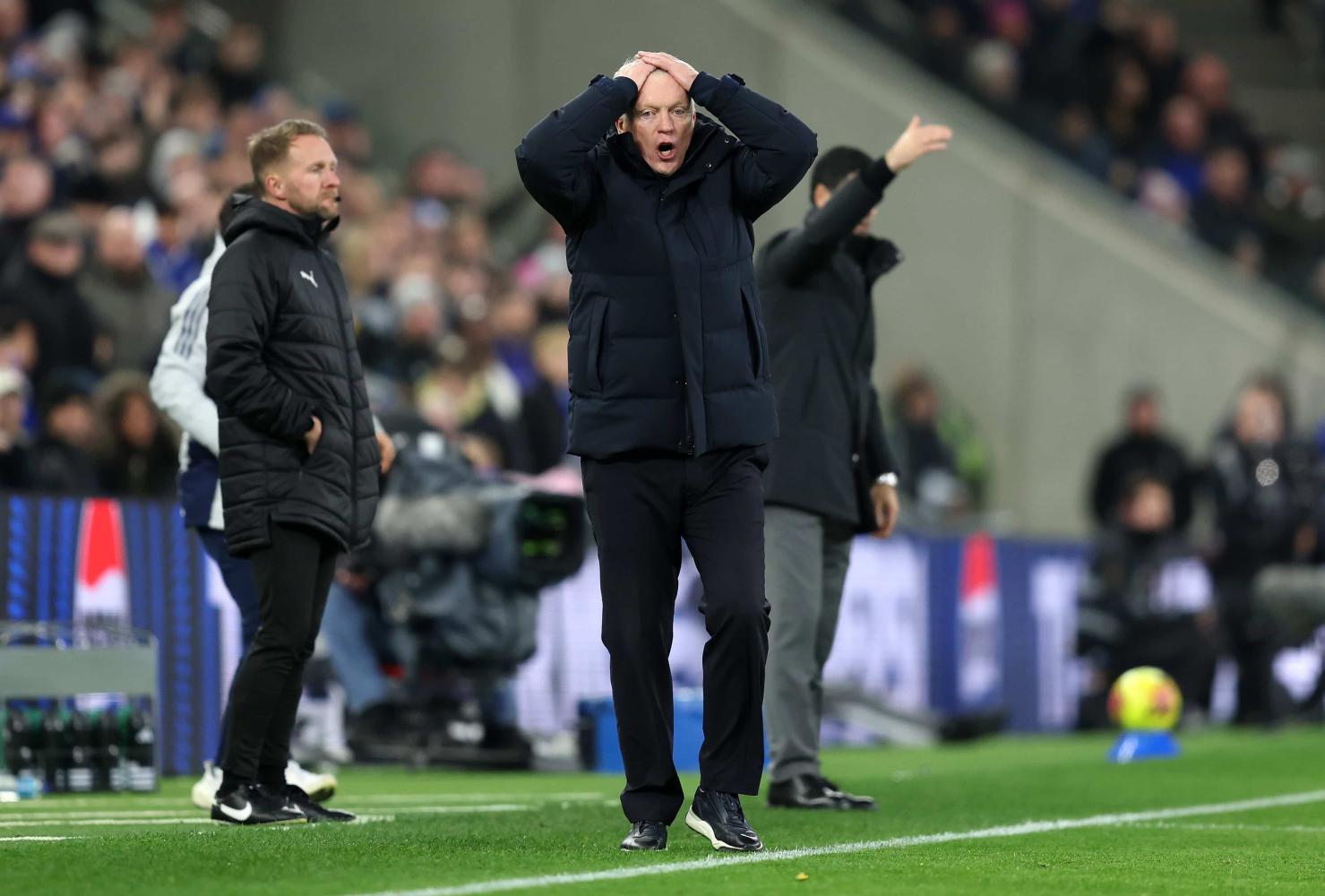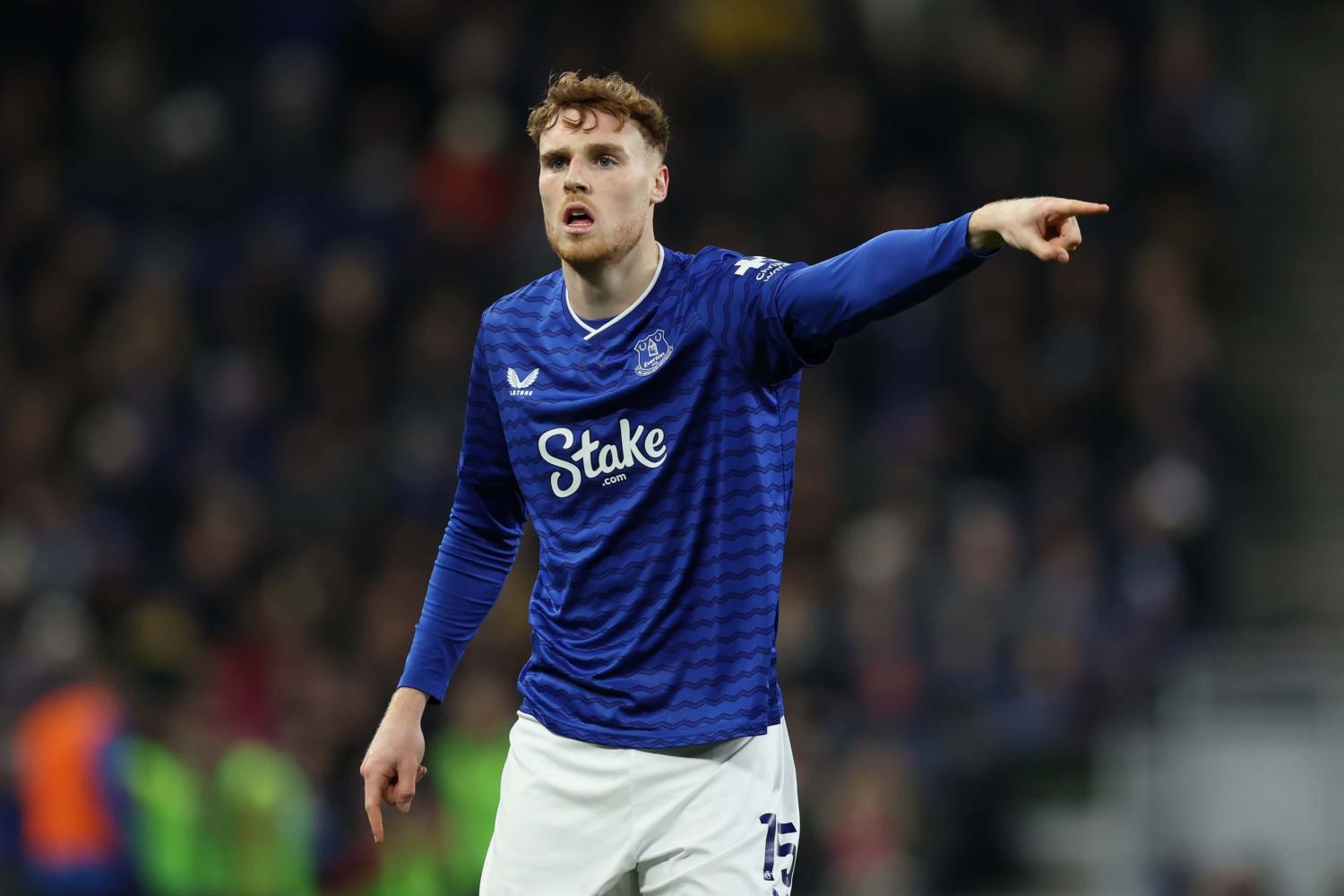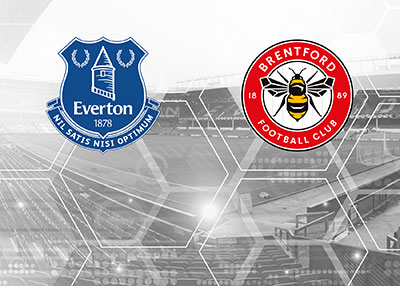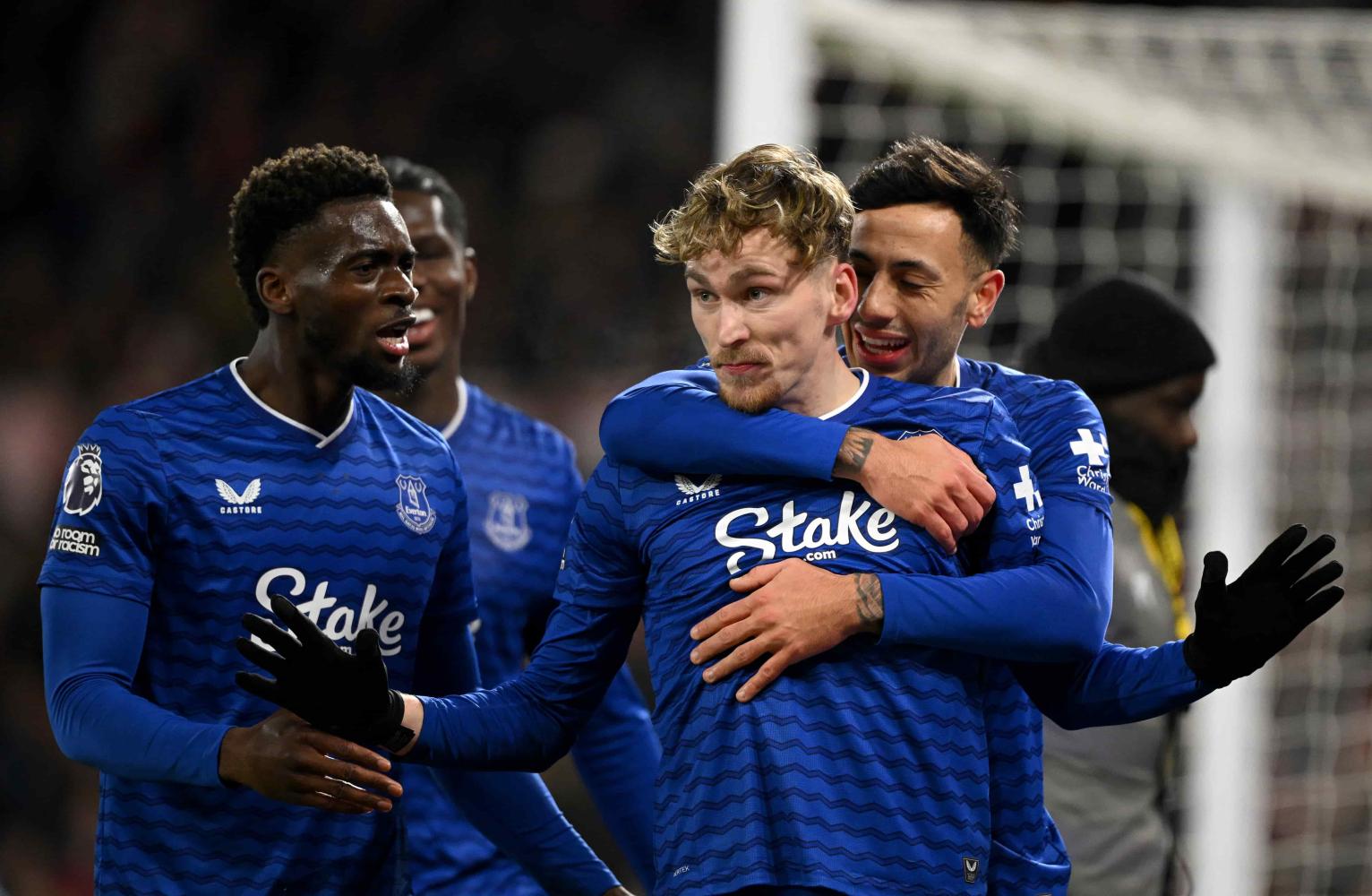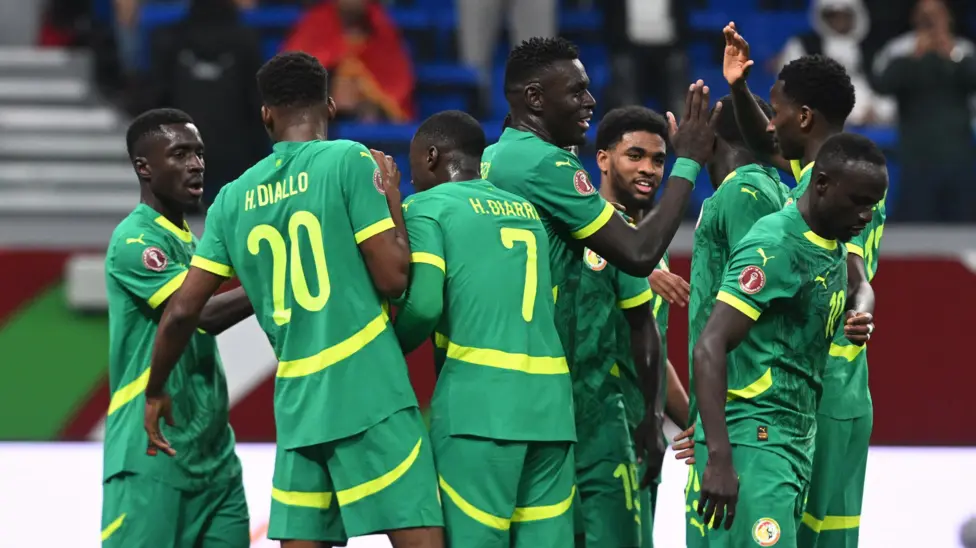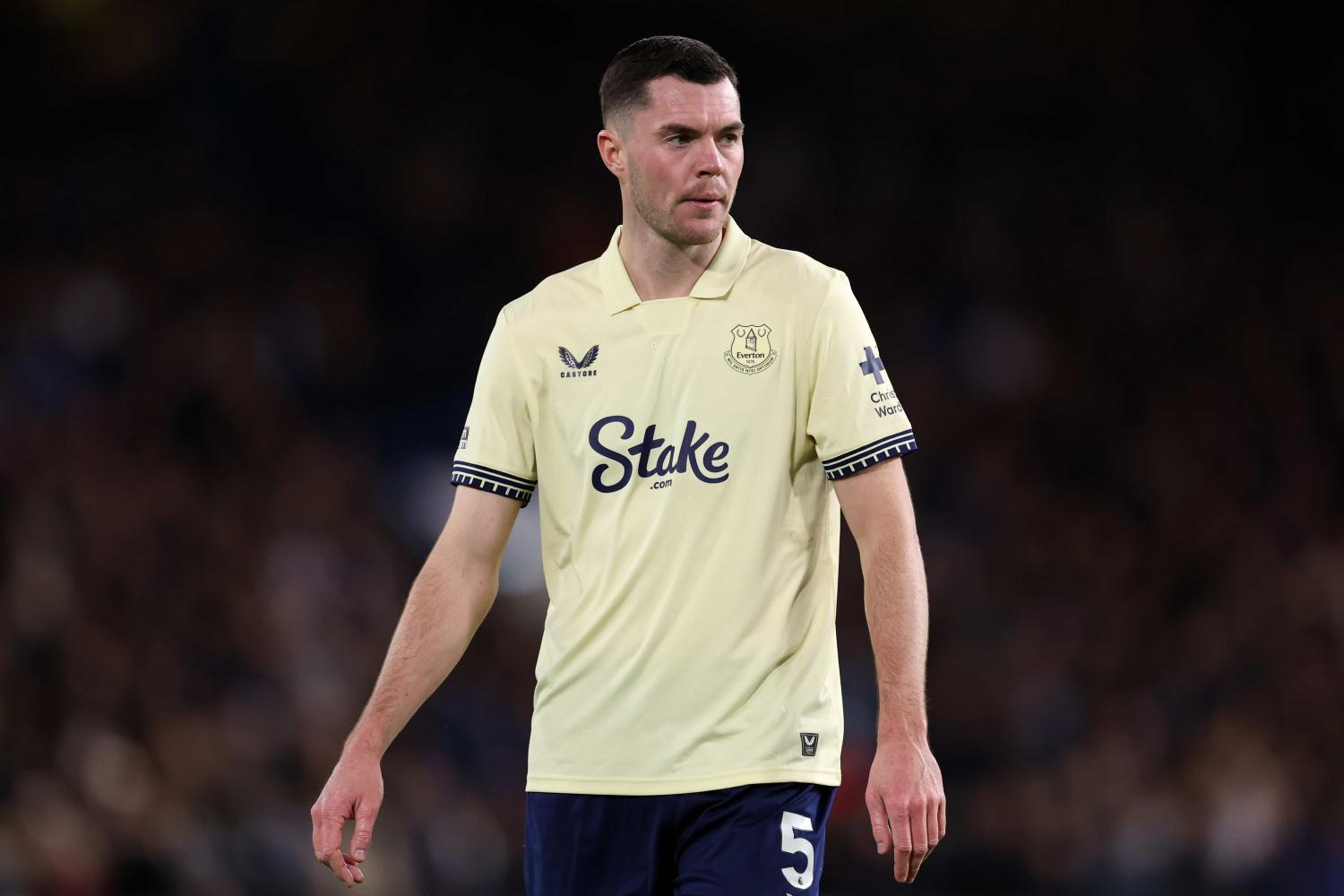|
Fans Comment David Moyes and the art of football management Part 2 � Season 2002-03 Part One Part Three Taking stock My recollection of the exact timing of the key events is hazy, but obviously the close season of 2002 following his successful rescue mission was a period for Moyes to set a few wheels in motion. First off, the appointment of his backroom staff. One relieved man was reserve team coach Andy Holden, who was rightly kept on until the end of the season and Moyes then decided to keep him on having had time to see him work at close hand. He then appointed his assistant. The name of Alan Irvine was a surprise but highlighted Moyes ideals. Here was a talented young coach, well qualified and with a similar work ethic. Bear in mind these men hardly knew each other, having met only once or twice previously. Two years later, Moyes and Irvine seem joined at the hip. The idea was clear; Moyes wanted somebody of similar ilk to be a trusted lieutenant on the front line. If Moyes has other duties, he needn't worry about whether training was going smoothly, and if both men were there there wouldn't be a conflict in their approach. To counterbalance their inexperience, old hand Jimmy Lumsden was recruited from Preston, a steady hand to temper the enthusiastic young coaches. Physio Mick Rathbone was also recruited from Moyes's former club. Personally I find it hard to fault these appointments. Here was Moyes, a young coach and voracious student of the game, bringing in a similarly open-minded ally, plus experienced hands to act as a steadying influence. But of course there is more to the job than coaching. Apart from handling the media, there is the major business of assessing the squad and trying to address the areas that need improving. Personally, looking at the squad he had then, my main concerns would have been high average age plus the lack of balance in terms of covering all positions adequately. Let's take a minute to assess that squad by grouping the players. GROUP 1 — Senior professionals
This group was trimmed immediately with the over-the-hill Ginola and the injury-plagued Cleland leaving as expected. One seemingly controversial departure was the talented Jesper Blomqvist, who of course was playing for a long-term contract. At first he seemed to be an apparently harsh victim of Moyes's discipline, but with hindsight this decision has been proven to be correct. Of the rest, Moyes would have been looking for character and leadership; in appointing Ferguson as captain he will have been looking to bring the best out of a notoriously temperamental character. Ferguson responded to the responsibility by punching Fredi Bobic in the ribs, yet Moyes stuck by him. Perhaps a mistake in the long run... hard to say, but Ferguson is as unpredictable, and unreliable, as ever. Looking at the remainder of the above players, only Weir, Campbell, and perhaps Watson had shown anything like top-class form consistently in their Everton careers � with the first two having little more than a couple of years of top-flight football left. In truth, Moyes will have struggled for inspiration from this lot. GROUP 2 — Experienced professionals
Again, Moyes was faced with a mixed bag here. Nyarko was missing in action; some would say the same could often be said of Pistone and Gravesen for differing reasons. Tal had struggled to make an impression in his short Everton career. Only Gravesen and Radzinski offered any real promise of having a major impact on Everton's future, although they had truthfully only shown tantalising glimpses of what they could do. GROUP 3 —Young but experienced
Both solid professionals, but again not really likely to become top class players, average Premiership footballers at best, but both with a seemingly good attitude and work ethic. GROUP 4 — Young guns
Another mixed bag: Simonsen at something of a crossroads; Hibbert, Clarke, McLeod and Chadwick having made occasional first team appearances. Osman was an unknown quantity... and then came the Youth Cup Final: "Once a Blue Always a Blue" and Wayne Rooney was the hero in waiting. Taking action Now let's be honest � Moyes had his work cut out turning this raggle-taggle bunch of misfits into a decent side. The spine of the side was brittle: unconvincing goalkeeping, ageing centre-halves, inconsistent and lightweight in midfield and often toothless up front. Build from the back they say; this is what Moyes started to do. With the usual close-season speculation in its stride it was 9 July 2002 until Moyes made his first signing for Everton. Nearly two months after the end of the season and 'Dithering Dave' finally got his man. Joseph Yobo was his name, a young Nigerian Centre-half signed on a year-long loan for £1.5M with an option to buy later, something virtually unheard of that has become commonplace since. Just 21 years old, his signing was a clear indication that Moyes would indeed attempt to build a young, dynamic squad. Was he any good though, could he cut it in the Premiership, or was he another foreign mercenary? Time would tell... More loan deals were to follow, with several players having participated in pre-season to allow Moyes to run the rule over them. Of these, Juliano Rodrigo was secured on a similar deal to Joseph Yobo from Brazilian club Botafogo. Meanwhile Li Wiefeng arrived as part of the Kejian sponsorship deal, but he was not the player Moyes had requested so Li Tie duly arrived as well. Moyes made it clear from the off that Wiefeng had a lot to do to earn a permanent contract. This was an embarrassing episode that highlights the outside influences impinging on a football manager these days; to this day, I remain unconvinced that Li Tie would be here today if it wasn't for the Kejian deal. Moyes's final pre-season capture was a surprise. Dithering Dave had taken just 9 games to decide neither of his goalkeepers was up to the job and swooped to sign Richard Wright from Arsenal for £3.5M. This may seem a hefty fee now, but the transfer market was more buoyant then. Remember at the time Paul Robinson was quoted at £5M and 30-year-old Derby stopper Mart Poom at £2M. My choice would have been Robinson, but you can't always have your first choice so I believe £3.5M for a 24-year-old goalkeeper of undoubted ability was a good signing. Given the paucity of Moyes's transfer funds, he had been creative and brought in three much-needed players (excluding Wiefeng and Tie) for a total of £6.5M. The majority of his inherited players went into the season with a clean slate but knowing that they were playing for their futures. Also, as he had no intention of abandoning his own principles, he ordered that the Goodison pitch narrowed by Walter Smith to stop the opposition from running rings round us was restored to its proper size. Another tactical ploy was the reintroduction of ball-boys with the clear edict of getting the ball back into play quickly to keep up Everton's high tempo, pressing game. The Season Unfolds So we went into Moyes's first full season with renewed hope and optimism, looking forward to attacking football, new signings and the introduction of the much heralded Wayne Rooney. How would Moyes approach his first full season? Tactically we could expect more of the same. We would generally play a 4-4-2 formation, a pressing game to attempt to deny the opposition space to play and allow us to play higher up the pitch. Basically, the players would have to adapt. But there was one major dilemma; should Wayne Rooney be thrown straight into the frontline or eased in gradually? The answer was somewhere in-between, Moyes selecting him to play from the start in the opening game against Spurs having seen him score 8 pre-season goals. However he was not selected as an out-and-out striker, instead playing on the right of a 4-3-3 formation with Campbell and Radzinski making up the front three. The other surprise selections were Tony Hibbert at right back and Li Tie at centre midfield. Hibbert and Tie played regularly in the opening stages of the season, showing that Moyes had the courage to trust his instinct rather than taking the safe option. His careful use of Tie in particular showed good judgement and tactical knowledge. The 4-3-3 formation employed in the early stages, mainly at home, was less obviously successful. A 4-3-3 formation is either a 4-5-1 with the wide men pushed further forward in support of the central striker, or a 4-3-1-2 with a narrower midfield and a player in the hole linking midfield and attack. In truth, our 4-3-3 often looked just that, three men playing up front and getting in each other's way. Rooney's natural tendency to drop deep looking for the ball often made the formation look unbalanced, particularly when he was employed on the right of the three-man attack. It seemed clear that Moyes was not altogether comfortable with the formation and it was gradually phased out as a starting formation. This could easily be seen as a tactical failure on Moyes and Irvine's behalf. In their defence it was clearly designed to ease Rooney in without the pressure of playing as an outright striker. If he didn't score for a few games it wouldn't be an issue. However, Moyes was obviously more comfortable playing a 4-4-2 pressing game, although this presented its own problems given our squad. First off, playing higher up the pitch did not suit our ageing centre backs Stubbs and Weir if the ball was played behind them, hence the pace and recovery ability of Hibbert became crucial. However, the real problem was in the midfield. With Idan Tal leaving in early September, it left only the inexperienced McLeod, Alexandersson and new-boy Rodrigo as recognised wide men. Alexandersson was given an early chance to pin down the right hand side of midfield but singularly failed to impress Moyes. Here was a talented player who had lost his way, turning in performances that lacked any sort of desire. Moyes, in my opinion, rightly dropped him despite him being the only natural right midfielder at the club. Some would say my opinion of Alexandersson is contentious, and of course any judgement of a player is bound to cause some disagreement. From the discussion amongst fans I have heard, Moyes treatment of senior players is a major bone of contention, dividing the supporters neatly into two camps. On the one side those who believe the manager has failed to motivate his players and those who believe the players have let the manager, and consequently the club and supporters down, with their attitudes. In the case of Alexandersson, my final decisive memory is of the home game with Blackburn Rovers at the tail of the 2001-02 season when, with the World Cup looming, Alexandersson made no attempt whatsoever to help Everton win a football match. Some would say, with a World Cup coming up and our safety assured, this was understandable. I was furious as it showed a lack of commitment to Everton. I'm certain this wasn't the only reason for his speedy fall from grace with Moyes, maybe more a symptom of a general malaise amongst some of the playing staff. Again, Moyes was courageous and decisive in freezing Alexandersson out. Having made his principles crystal clear and demanding 100% effort and commitment from his players, he had the clarity of thought to realise that keeping a player in the team just because there wasn't an obvious replacement would undermine his principles and give the wrong message to the players. The players had received the clear message that if you were in the team and playing well you would stay in the team. Everyone was on an equal footing. With McLeod not ready to grasp the nettle and Rodrigo being gradually phased in, midfield was clearly a problem. We lacked natural wide players, we lacked real steel and presence in the centre of midfield. Moyes solved the conundrum quite effectively by playing a very solid midfield four: Mark Pembridge or Gary Naysmith played on the left of midfield, Steve Watson or Lee Carsley on the right. The 4 worked as a tight unit, closing the opposition down, Pembridge's work rate being vital in helping the central duo, Carsley's height often coming in useful on the right. More often than not, the creativity came from the central duo of Tie and Gravesen. In this way, the midfield had a balance of steel and creativity � not in a conventional way, but by Moyes and Irvine employing the tools available within their chosen system. In attack, Radzinski's pace was vital, giving the midfielders, and defenders at times, the outlet ball into either channel. With Radzinksi a willing runner, Everton were able to escape from tight areas and put the opposition on the back foot, thus overcoming the lack of creativity from the midfield, particularly in the wide positions. Campbell was generally the battering ram alongside Radzinski, doing this job effectively. Rooney continued to be used sparingly, often coming on when Radzinski and Campbell had softened the defence up for the last 20 minutes. Basically this was the pattern for most of the season. Everton were able to overcome their deficiencies by being disciplined and hard to break down, and the attacking threats of Campbell, Radzinski and Rooney were used effectively to win many tight games. I doubt many people found fault with Moyes's tactics throughout the season, given the resources at hand and the way they were used. Rather than look at every game, I'll just pick out some pivotal moments from the season. Our first win came away at Sunderland, a game in which Moyes counteracted early pressure by moving Gravesen into a more advanced midfield role, allowing us to put Sunderland on the back foot for longer periods, relieving pressure. A scrappy, slightly fortuitous 1-0 win resulted, but it was 3 points that could easily have gone astray if not for Moyes's tactical alteration. This may seem to be overstating things, but I think most people would agree that outside the top 3 or 4 teams there is very little between the rest of the Premiership and little things can mean the difference between losing 1-0 and winning 1-0. The home game with Birmingham showed another facet of Moyes's Everton. Faced with an embarrassing defeat, having been simply out-muscled and reduced to 10 men, a last-minute equaliser rescued a point that looked beyond us. A similar story of gaining points against the odds came at home to Middlesbrough, when we turned a deserved 1-0 deficit into a 2-1 win with a couple of tactical changes � including the introduction of Rooney and the 4-3-3 system after half time. So, 7 points gained that under previous regimes we probably wouldn't. It was clear that, while on paper we may have obvious deficiencies, we more than made up for this with effort, organisation and determination. This new-found spirit showed itself again when rescuing a seemingly hopeless 2-0 deficit away to Aston Villa to deservedly level 2-2 before succumbing to a late Dublin winner. Many managers would have shut up shop but Moyes went for the win, which in the event backfired. Some would say this showed naivete; personally, I would disagree. Every manager will have a set of principles that they believe in. Successful managers are generally those who stick to their principles and simply instill this into the players, replacing those who don't get the message. Obviously even the likes of Arsenal and Man Utd will occasionally settle for a draw, especially in a big game. However, I don't recall many occasions of seeing a top side fight back from 2-0 down, see the home side rattled and not go for the kill. To me, this was not naivete, but simply a case of the manager trying to change a negative mindset to a positive one � something which would pay off later in the season. Having said all that, our start was average in terms of points, but nonetheless there were many encouraging signs. The next two games after Villa were to prove extremely significant, not simply for the results. First came the home game against Fulham and the long-awaited debut of Joseph Yobo, amid whispers that he couldn't cope with the training; Evertonians were unsure what to expect. After a solid 2-0 victory, where a robust Everton brushed aside pretty Fulham, Yobo was the name on everybody's lips. As if in response, Rooney then opened his account, netting twice in the Worthington Cup win over Wrexham. Suddenly, Everton could actually look forward to a trip to Old Trafford genuinely hopeful of springing a surprise. Allied to the positive tactics Moyes had begun to apply, there were signs of genuine class in the Everton ranks. This of course highlights the fact that you can be a tactical genius but you can't make a silk purse out of sow's ears. You need good players as well. The arrival of Yobo signified that Moyes, like his predecessor, could spot a good player. The hope was that Moyes would also know how to get the best out of such players. Mine, and most Evertonians', hopes for the future were surprisingly high the following Monday night game against Manchester United, despite a 3-0 defeat. This was partly due to the way in which we played, fighting fire with fire and nearly snatching the lead when Rooney swaggered into the fray with time running out. The late capitulation was horrendous, but there were still many positives to take away; for once, even Sky gave us credit. Sitting in shock looking at the scoreline afterwards, I watched Moyes come on for his interview. His expression made it clear he wasn't ready for plaudits for being plucky. His words were music to Evertonian ears. No, he wasn't happy at losing 3-0, yes, he had expected to take something from the game, and most pertinently his overriding memory of the game would be the last 4 minutes when Everton capitulated. Some would argue that to refuse to accept praise for the players' performance was harsh, but again I would argue it was about changing the mindset of the players. Feeling hard done to wouldn't wash; the players had to take it on the chin and do better next time. At last, Evertonians felt we had someone in charge who understood, who wouldn't accept defeat and hard luck stories and who would strive to match the best. Only words, but Moyes will have been well aware that once more he was raising the bar. I doubt very much that Moyes did not realise that words would only last so long and that eventually he would be judged by whether he could meet his own standards. The question was, were the players up to the challenge? It was 13 days before Everton played another match. Would the lessons learnt at Old Trafford be heeded? By now Everton had settled into a solid 4-4-2, with Rooney the secret weapon. The plan was simple: work hard to match the opposition, make sure we were always in the game, then unleash Rooney. I won't dwell, but meeting Arsenal at this point was clearly a pivotal game in Everton's season. Bravely, we took the fight to the Gunners, recovered from losing an early goal to go into the last 15 minutes level. Amazingly, we seemed to have the upper hand, then the final phase of the plan was put into operation: Rooney came on; Arsenal's unbeaten run was over, and the world changed for ever. Now everybody knew his name; the secret was out, and Moyes had the unenviable job of keeping a lid on things whilst trying to develop a 16-year-old lad with phenomenal ability. Another wonder goal to beat Leeds and end a 50-year hoodoo fuelled the hysteria, meanwhile Everton kept on winning a series of tight matches with the same formula that had beaten Arsenal. Yobo was proving to be a magnificent acquisition, the natural worry for Evertonians was whether he would stay long-term. With Hibbert's recovery pace at right-back, we were able to play higher up the pitch, Wright playing effectively as sweeper at times. The midfield were continually pressing and supporting each other as a unit. Moyes's ability to use player's strengths was exemplified when Carsley, playing wide right, popped up at the far post to score a towering header for another hard-earned 3 points away at West Ham. The only concern was the profligacy of the forwards, particularly at home when we failed to kill off teams such as Charlton and West Brom, leading to nervy endings to matches. Over Christmas, things got a little stickier, but we were still picking up points, notably at home to Man City, when our never-say-die spirit saw us pick up a frankly undeserved point. Our lowest point undoubtedly came in the Third Round of the FA Cup, humbled by Shrewsbury. We were able to gloss over this performance given our lofty league position, but frankly some players were never at the races. You can blame complacency but in truth some players seemed to lack the heart and pride to battle for their lives in what were admittedly dreadful conditions, but still there was no excuse. Sensibly, and in his usual honest fashion, Moyes made none. He did, however, accept his share of the blame as well as the players. Now I wasn't there so I may be wrong but, from what I can make out, it's fair to say the blame lay squarely with the players. Moyes has on many occasions stated that it his responsibility to get the team playing and that when they don't perform it is his fault as much as theirs. To my mind, this is simply Moyes's way of saying "We are in it together" and a refusal to hide behind the players. This bluntly honest approach has left him open to criticism at times, but again Moyes is no fool and his honesty is appreciated by the majority of Evertonians. During the January 2003 transfer window, there were just three incoming moves, two temporary. With Joe Max-Moore having left the club in December, we were light up front with suspensions and injuries. Once again, Moyes made another smart move securing Brian McBride on loan from Columbus Crew, Egyptian defender Ibrahim Said also arriving as defensive cover. Perhaps more significant in the long term, he also secured the services of highly-rated 19-year-old Iain Turner from Stirling Albion for just £50,000. With Richard Wright still only 24, Moyes was clearly looking to safeguard the future of the club. This long-term strategy was a welcome change from the days of bringing in the likes of Ginola. Ironically, at that time the club faced an unexpected goalkeeping crisis and Espen Baardsen was drafted in from his couch. Quite clearly, this was a case of availability rather than choice. Let's just say Moyes will have been relieved when he was able to let Espen go off to find himself. McBride it was who made the immediate impact, scoring on his debut at Spurs and scoring crucial goals against Sunderland. This was another shrewd move from Moyes, and there was something approaching a clamour for the amiable American to be signed on a permanent basis. However Moyes felt he was too expensive for a 30-year-old, sticking to his guns and rightly so. Whilst McBride may have proved to be a useful acquisition, he hardly represents value for money and, given he has hardly set the world alight at Fulham, seems another wise long term decision. In truth, the remainder of the season was something of an anti-climax as Everton ran out of steam. The most notable win was over Southampton. With Everton dominating but trailing to a Beattie goal with 7 minutes remaining, there was tremendous relief when the triple substitution of Gravesen, Campbell and Rooney finally paid off. We were now familiar with Moyes approach and we knew we would now go for the jugular. The contrast between old and new Everton was highlighted when Southampton got a corner in the 92nd minute and took about a week to take it. As we reminisced about when we used to do that sort of thing, the corner was cleared, Gravesen fed Radzinski and everyone's favourite Polish-Canadian won the game with a screamer. Yobo's contract wrangles led to a dip in form and Radzinski missed the run in through injury. Moyes tried to freshen things up by bringing players back in who had been on the sidelines, but sadly the season fizzled out and we finished 7th � just missing out on a Uefa Cup spot. In then end, most people agreed, the squad wasn't quite strong enough to sustain our challenge. Disappointing, but in the great scheme of things this disappointment was tempered by the realisation that under David Moyes we were all set to become contenders again. The deadwood would be cleared out and we were on the way to building a young, vibrant side. It seemed crystal clear that David Moyes was to be lauded for getting the best out of a group of players who had underachieved for several seasons, whilst introducing quality players such as Yobo and Wright. Rob Fox Part 3 � Season 2004-04 and the Conclusions
�2004 ToffeeWeb |


